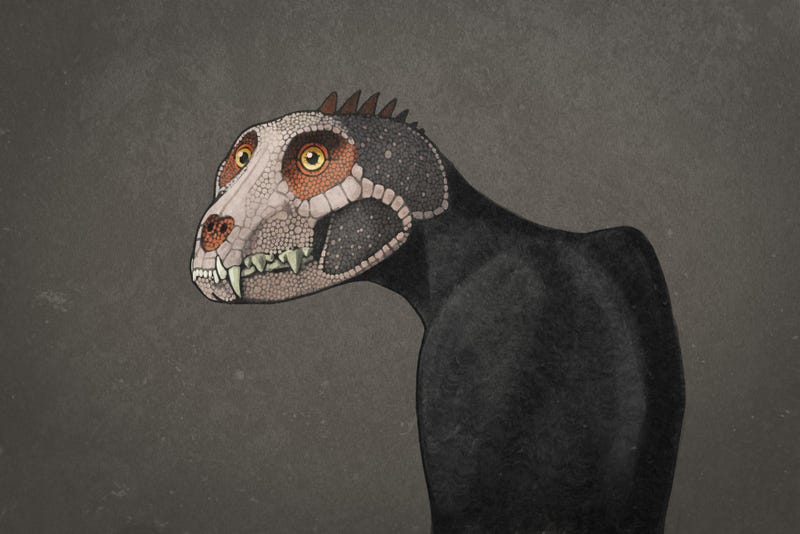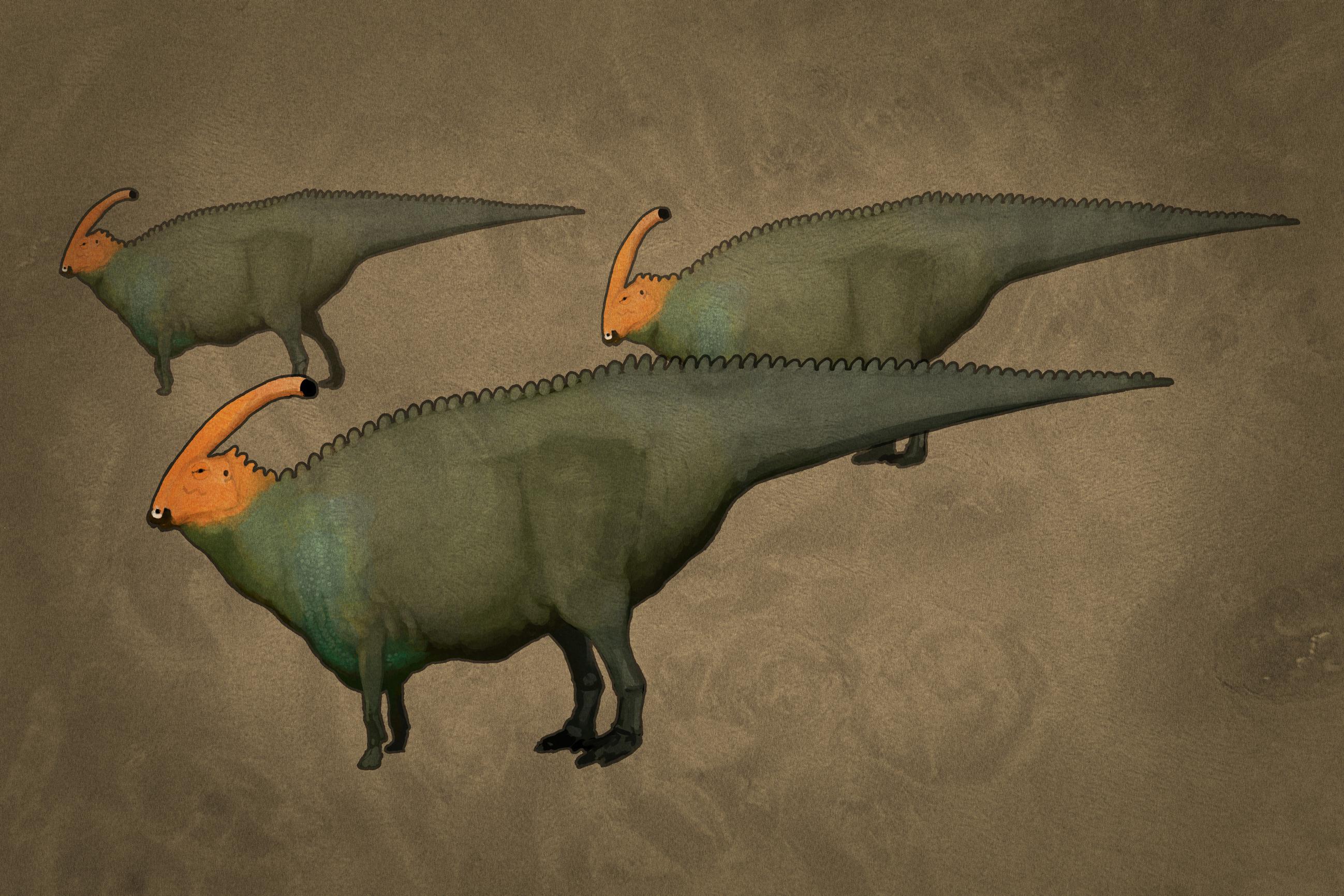Venomous Baboons?
Modern paleontology has its fair share of strange and outlandish hypotheses floating around, and these frequently find their way into artwork and illustrations. What kinds of strange and uninformed hypotheses might be formulated about present day animals?
Lacking any and all knowledge of the thick woolly coats and brightly coloured, naked skin patches and large guts of living baboons, it seems plausible that these lightly built, long-muzzled, fanged primates would be reconstructed as gracile terrestrial predators. Furthermore, those giant fangs have grooves running down their sides - a feature normally regarded as a key signature of the ability to produce venom, and inject it into the tissues of other animals. Perhaps the complicated nasal sinuses of baboons might be interpreted as a space for venom glands.
Baboons, of course, are not venomous, quite why they have fang grooves isn't clear. Knowing this, suggestions of venomosity sound more than a little preposterous. However, it will be surprising to know that very similar theories have been proposed for quite a few fossil animals: the most notorious recent example being the bird-like theropod dinosaurs Sinorithosaurus. This hypothesis was later rebuked by a number of experts, but not before it had been reported by a number of media sources as a legitimate discovery.
Thus, this case also illustrates the importance of proper science reporting in facilitating or limiting the spread of untrue or unproven ideas.
























